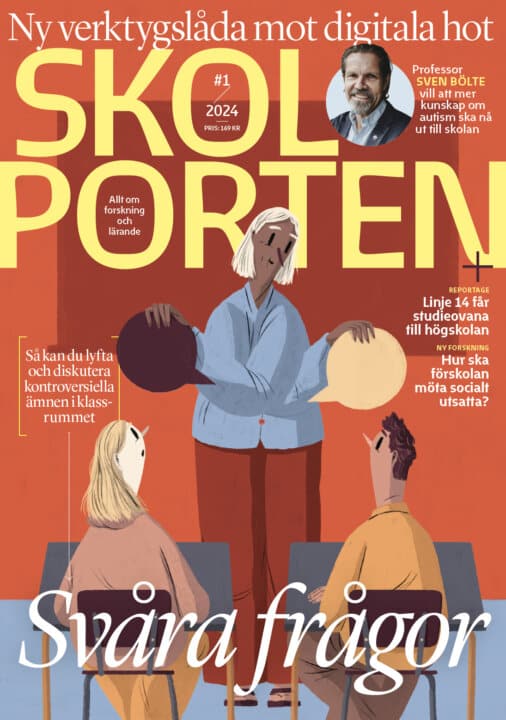The coming of ‘age’: Educational and bureaucratic dimensions of the classification of children in elementary schools
Age-classes are a salient feature of modern schooling. Yet how did age-grouping come to prevail in entire school systems? And how was this form of grouping related to educational and pedagogic discussions at the time of its emergence? The article addresses these issues by looking at the historical context within which age classes came to a dominant position: the European nineteenth century. From the perspective of a governmental theorising of modern schooling, the article reconstructs the pace of their imposition and the main arguments in their favour through the analysis of a sample of 125 manuals of school management and organization of teaching. Against the usual description of age classification as a clear sign of the bureaucratic nature of modern schooling, the manuals show a concern about educational issues such as (de)motivation, encouragement and intelligence when discussing the role of age for the organization of elementary schools. The general idea of the modern school as an ‘assembling’ calls for more nuanced historical analyses of different combinations of the pastoral and the bureaucratic as techniques defining this institution.
Författare: Marcelo Caruso

Fritidshem
 Åk F–6
Åk F–6 Matematikångest
 Åk 4–Vux
Åk 4–Vux 







